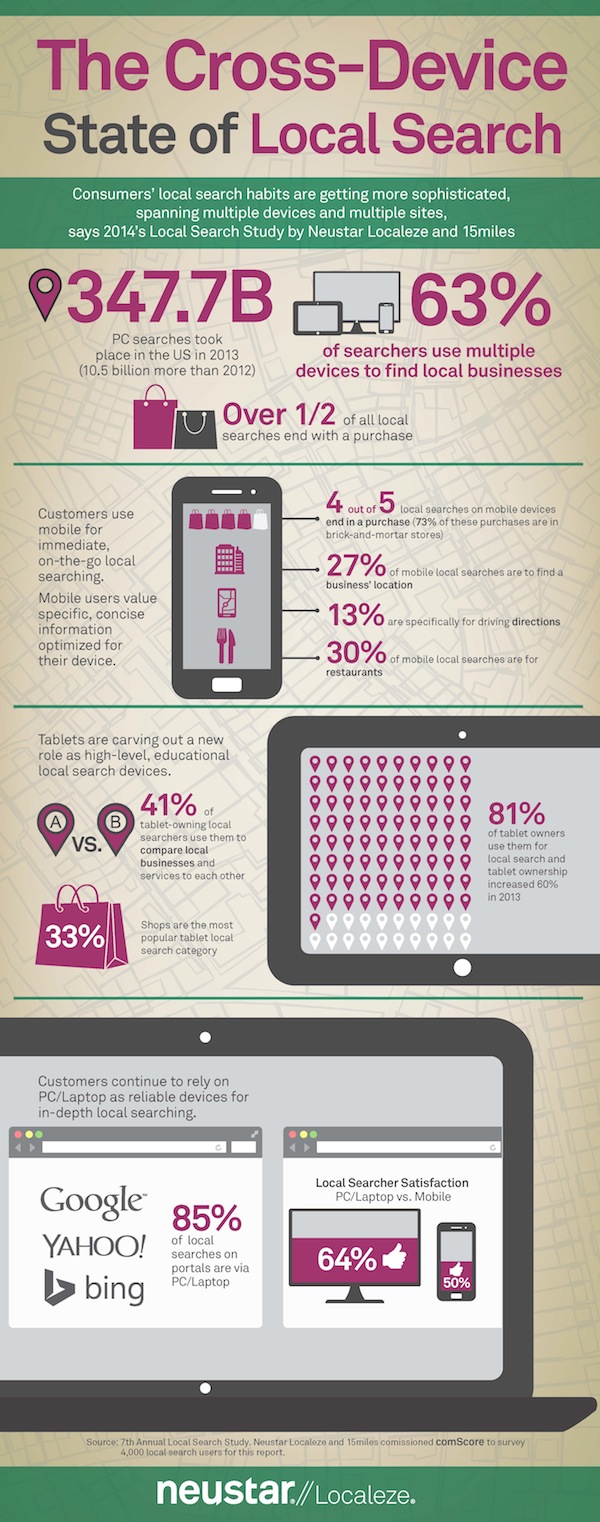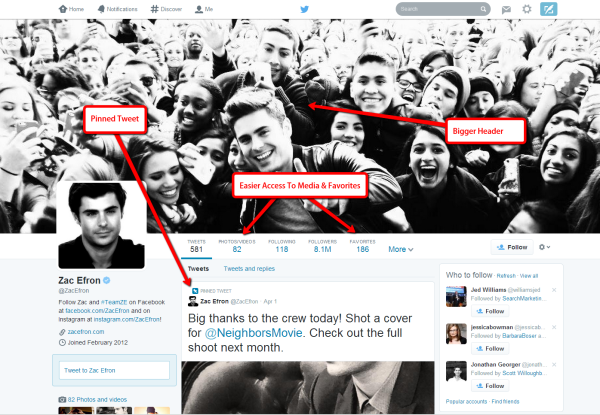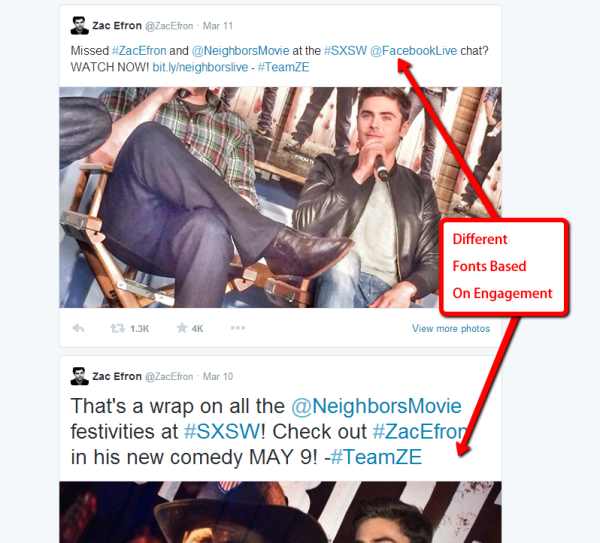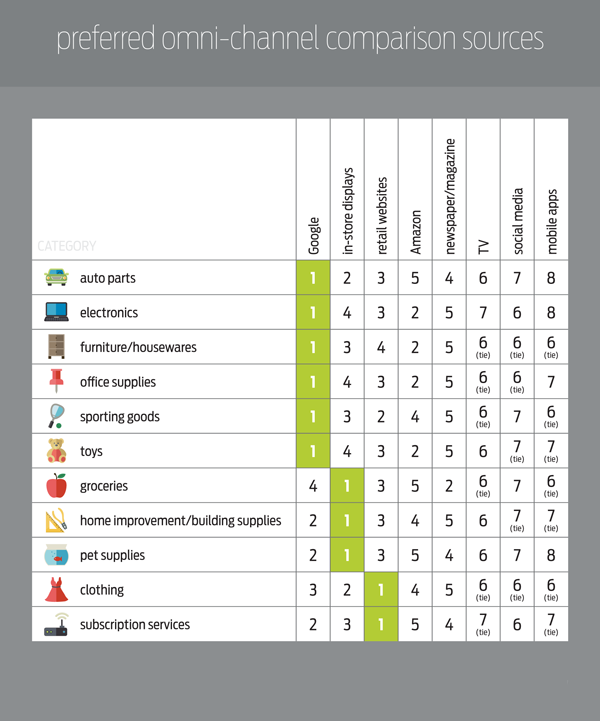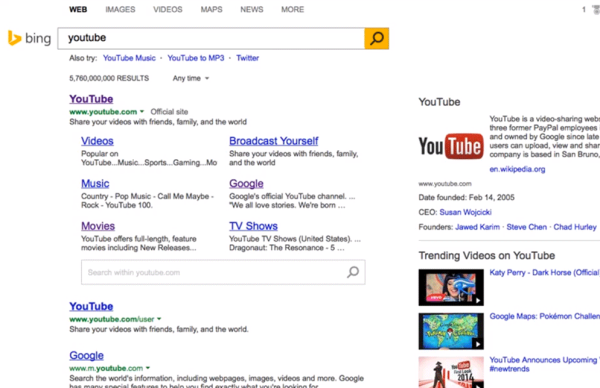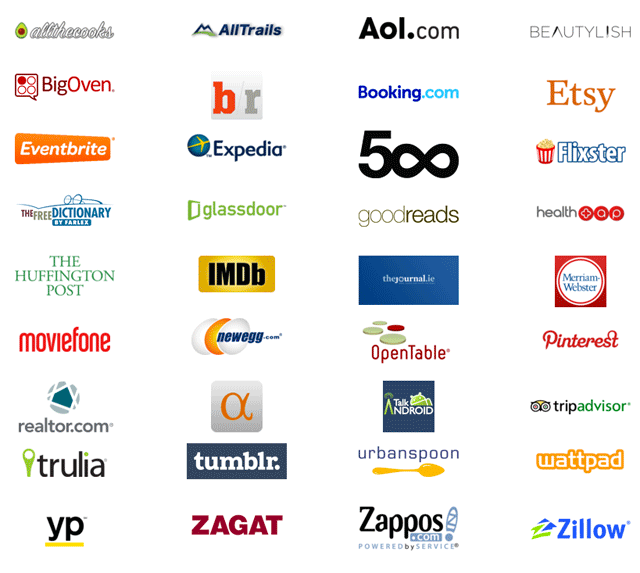For an industry that relies on as much data as the SEO market does, there is never much certainty that the popular optimization tactic being preached at the moment is a legitimate strategy. We rarely have the definitive answers from the source needed to keep all the confusion down, and new myths seem to spring up overnight.
To counter the constant flow of SEO myths, Google’s distinguished engineer Matt Cutts used one of his recent Webmaster Help videos to debunk many of the misconceptions surrounding the world’s most popular search engine.
This isn’t the first time Cutts has used his regular video message to debunk SEO myths, but this time he focuses on a specific type of myth that has become increasingly widespread as Google seems to keep narrowing their guidelines and offering greater space to ads.
Cutts starts by tackling the myth “if you buy ads you’ll rank higher in Google” and the opposing legend that not buying ads is the key to high rankings. In Matt Cutts’ perspective, these fables are tied to the notion that Google makes all of their decisions in an effort to force webmasters to buy more ads.
The problem with that idea is that it doesn’t actually reflect how Google thinks about their operations. The fact is, webmasters are rarely the main priority for the search engine to begin with. Instead, according to Cutts, Google’s rationale behind all changes is simply that they want to return the best search results possible to keep users happy and keep them coming back.
Of course, no one is denying that Google would like users to see ads and generate revenue, but that is never the prime motivation for changes like algorithm updates.
On a similar note, Matt uses the second half of the video to discuss the offers he sees for software packages that clam to help users make money and magically fix their SEO – for a small fee, of course.
Just as you can’t buy your way to high rankings with ads the chances of a random purchased software package making you money is almost zero. Matt lays out another scenario: “If someone had a foolproof way to make money online, they would probably use that way to make money rather than packaging it up in an ebook and selling it to people.”
In the end, most of the myths are born out of a misunderstanding of Google’s goals. Too many SEO professionals think of their job strictly in terms of increasing visibility and rankings, or upping their ROI. But the search engines are just looking for the best content possible. You can spend your time trying to game and cheat to get to the top, or you can align yourself with the search engine and try to provide users something of value. According to Cutts, that should be enough to fix many of the problems less honest SEOs tend to run into.
You can watch the full video below:


 Google has been hinting that AdWords is up for a major overhaul, with tons of new features and tools. They have recently announced the big AdWords presentation will occur on April 22, as Jerry Dischler, VP of Product Management for AdWords speaks during a customer event. However, very few have been told what is going to be launched.
Google has been hinting that AdWords is up for a major overhaul, with tons of new features and tools. They have recently announced the big AdWords presentation will occur on April 22, as Jerry Dischler, VP of Product Management for AdWords speaks during a customer event. However, very few have been told what is going to be launched.